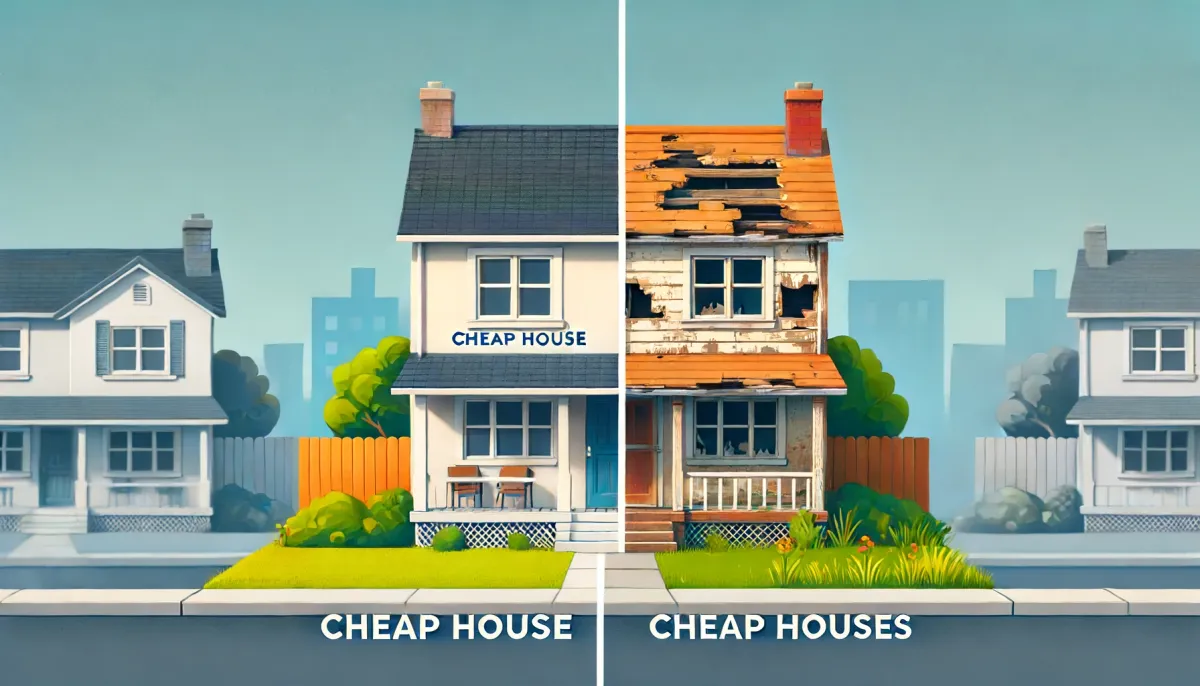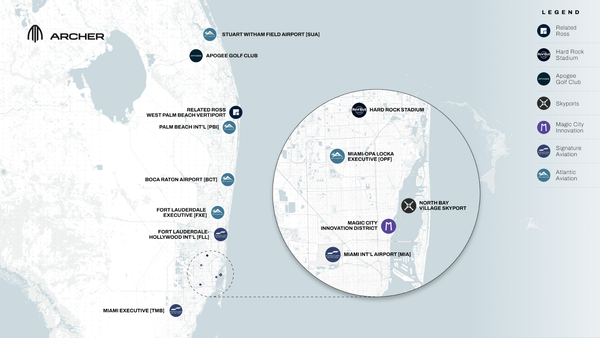Cheap Houses vs. “Cheap Houses”

Due to limited funds, new investors often seek the cheapest house available. However, it is crucial to differentiate between a house priced lower relative to comparable properties (comps) and a generally cheap house. Understanding this distinction can help investors avoid costly mistakes.
Cheap House Relative to Comps
A house that is cheaper than comparable properties is priced below the market value of similar homes in the area. This is what investors need to seek.
Key features include:
· Comparable Quality and Features: This house generally matches the quality, size, and features of other homes in the neighborhood but is priced lower due to motivated sellers, minor cosmetic issues, or strategic pricing.
· Good Investment Potential: Buying a house below market value can offer a good investment opportunity because the buyer gains immediate equity. Minor repairs or updates can be done relatively inexpensively, increasing the property's value.
Cheap House in General
A generally cheap house has a low price point, often significantly below the average price of homes in the area. Characteristics include:
· Potential for Major Issues: These houses often have significant problems, such as structural damage, outdated systems (plumbing, electrical), or severe neglect.
· High Capex (Capital Expenditure): Investing in such a house may require substantial upfront capital for repairs, renovations, and sometimes even legal issues.
· Poor Location: These houses are often in less desirable areas, which can affect rental potential, resale value, and overall investment return.
Key Considerations for New Investors
Understanding the difference between these two types of "cheap" houses is critical for new investors:
1. Due Diligence: Thoroughly inspect the property, understand the extent of necessary repairs, and estimate the total cost accurately.
2. Market Research: Compare prices and features of similar properties in the area to determine if a house is priced below market value.
3. Financial Planning: Ensure you have enough funds for the purchase and the necessary repairs and renovations.
4. Long-term Costs: Consider the long-term costs associated with maintaining the property. Some cheaper houses may have ongoing issues that can drain resources over time.
5. Expert Advice: Consulting with experienced real estate professionals, contractors, and inspectors can provide insights into potential pitfalls and the true cost of an investment.
Example Scenario
Imagine an investor finds a house listed for $100,000 in a neighborhood where similar homes sell for $150,000. This looks like a great deal. However, upon inspection, it is revealed that the house has major foundation issues, outdated electrical wiring, and needs a new roof, with estimated repair costs totaling $80,000.
In this case, the total investment would be $180,000, which is higher than the market value of $150,000. The investor would have been better off buying a house priced at $140,000 with minor cosmetic issues, needing only $10,000 in repairs, leading to a total investment of $150,000.
Conclusion
For new real estate investors, the allure of a low-priced house can be tempting, but it is essential to differentiate between a bargain relative to its market value and one that is simply cheap. Thorough research, careful planning, and consulting with experts can help investors avoid costly mistakes and ensure their investments are sound and profitable in the long run.





